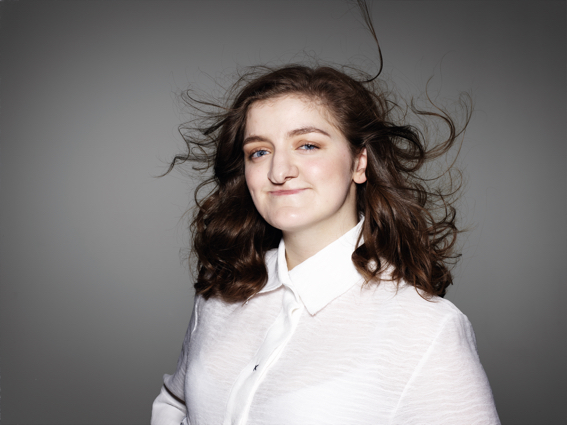Rhona was born with a cleft lip and palate and underwent eight operations while growing up to repair different parts of her mouth. Yet despite this, Rhona trained as a classical soprano which is very rare for someone with a cleft lip. Rhona is a member of the National Youth Choir and is studying for a master’s in biomedical sciences.
“My parents were advised I might have difficulties with my speech but I think they have found greater difficulty in getting a moment’s peace and quiet!”
Cleft lip and palate is one of the most common facial differences there is, but it still seems to be misunderstood and underrepresented in general society.
Rhona has performed on countless occasions with the National Youth Choir of Scotland, including at the BBC Proms. “A condition like mine should not hold you back, anything is possible. It doesn’t make any difference to my everyday life.”
Rhona has grown up to be happy and confident with her appearance and is very close to her family, who have been a great support. Yet she admits it is often hard to deal with the bullying and abuse that she gets because of her appearance.
“Cleft lip and palate is one of the most common facial differences there is – around one in 700 people are born with one – but it still seems to be misunderstood and underrepresented in general society. I had a rough time with appearance-related bullying when I was at school, and even now still have some horrible incidents of street harassment as an adult.
“This has motivated me to work with charities like Changing Faces more, so I can help anti-bullying initiatives and encourage children growing up with clefts to become comfortable in themselves.”
